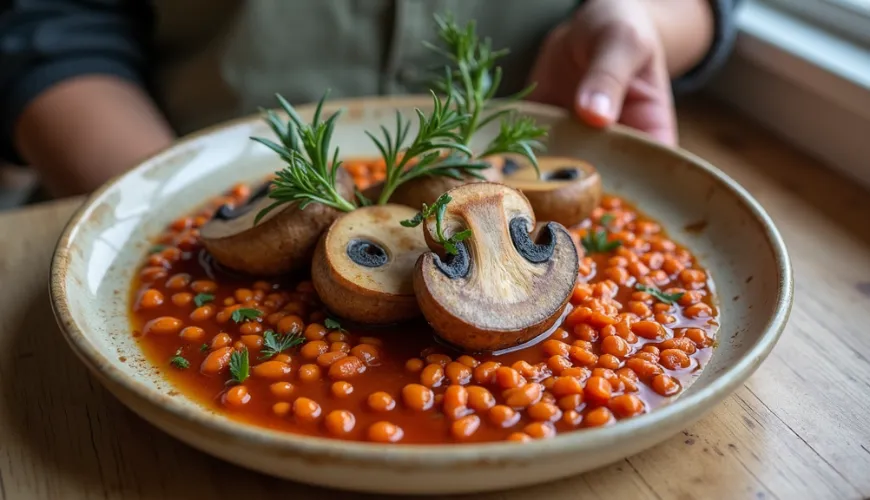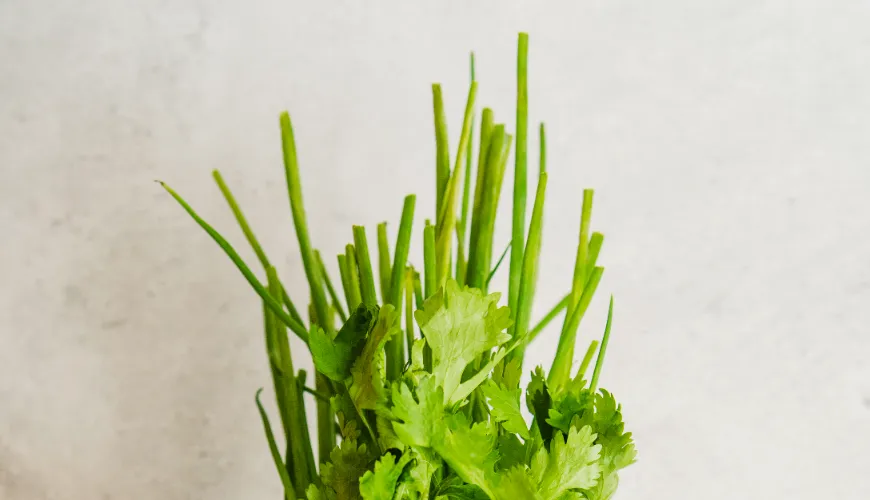
Discover the Magic of Beef Shank and Its Place on Your Table

Slowly, but with Flavor - Beef Shank as a Forgotten Gem of Czech Cuisine
In the era of quick recipes, convenience foods, and instant meals, it might seem that traditional ingredients like beef shank are slowly being forgotten. Yet, this particular cut of meat has been the foundation of the most aromatic soups, sauces, and main courses for generations. Long cooking, strong flavor, and perfect tenderness are its main advantages. It's no wonder that it is increasingly making its way back onto the plates of not only lovers of Czech classics but also those who strive to cook thoughtfully, sustainably, and without waste.
What Exactly is Beef Shank and Why Should You Care?
The shank is a part of the beef located in the leg area of the animal. It is full of tendons, connective tissue, and muscle fibers, making it less attractive at first glance. However, these "imperfections" make it the ideal meat for slow processing—whether in a pot, oven, or slow cooker. During long cooking, the connective tissue breaks down and transforms into a velvety smooth texture that literally melts in your mouth.
Moreover, the shank is often more budget-friendly than more noble cuts like filet or ribeye. If you keep an eye on beef shank deals, you can get it for a fraction of the price and prepare meals that leave an impression of luxury.
In stores, both front and rear shank are available. Both variants are excellent, but the rear shank has less fat and tends to be a bit more tender. When choosing, focus on the color of the meat—it should be dark red, without gray or brown spots. Ideally, buy it from a butcher or in organic quality, where you have a greater assurance of respectful animal treatment and quality feeding.
Slowly Cooked Shank - Patience That Pays Off
One of the greatest benefits of the shank is its ability to absorb the flavor of spices, vegetables, and broth. This results in dishes that not only fill but also delight the senses of smell and taste. It's no coincidence that top recipes from beef shank often feature in lists of the best winter meals, weekend cooking, or festive lunches.
Imagine the following scenario: It's a Saturday morning, snow is falling outside, you stand in the kitchen, and a pot with shank, garlic, thyme, root vegetables, and red wine is slowly simmering on the stove. The aroma fills the home, and the family begins to gather around the table. Such moments are priceless in today's fast-paced world.
One of the most popular recipes, for example, is beef shank in red wine with root vegetables. The meat is first seared quickly, then deglazed with wine, broth, onion, carrot, parsley, and spices are added, and everything is left to bake slowly in the oven for up to three to four hours. The result is a meat delicacy that you can serve with potatoes, polenta, or just fresh sourdough bread.
Another classic is beef shank goulash, where thanks to the high collagen content, a beautifully thick sauce is created even without flour. If you want to achieve great flavor, don't underestimate the quality of paprika and ideally use true Hungarian paprika, which gives the goulash the right kick.
Try our natural products
Beef Shank in Modern Cuisine - From Asian Soup to Plant-Based Alternatives
Interestingly, the shank is becoming popular even in cuisines previously considered exotic by Czech diners. For example, in Asian cuisine, the shank is used as a base for strong broths and ramen. Its intense flavor and ability to add fullness to the broth make it an ideal choice for these dishes.
In Mexican cuisine, slowly cooked shank is used for tacos or burritos. The meat falls apart into fibers and fits perfectly into spicy mixtures. It also works well in Italian recipes—a well-known variation is osso buco, where the shank is braised with tomatoes, white wine, and gremolata.
And what if you don't eat meat? You might be surprised that plant-based alternatives inspired by beef shank offer a similar experience. A combination of mushrooms, red lentils, and smoked paprika creates a sauce that mimics the texture and flavor of slowly cooked meat but without any animal ingredients. Here too, slow cooking and patience yield the best results.
Where to Find Inspiration and How to Save?
Beef shank recipes are advantageous not only in terms of flavor but also economically. If you follow online food blogs, family cookbooks, or recipe collections like Top recipes—beef shank, you'll find dozens of variations that transform ordinary meat into a gourmet experience. Whether it's slowly cooked shank in wine, braised in beer, in tomato sauce, or with mushrooms, it will always be a meal that warms and soothes the soul.
If you want to save money, it's worth watching beef shank deals in supermarkets and with smaller butchers. During seasonal surpluses or sales, you can buy it in bulk and freeze it. Long cooking does not destroy it—on the contrary, frozen shank retains its properties and is almost indistinguishable from fresh after thawing.
It's worth mentioning that long cooking of the shank is also environmentally sensible. Using these "less popular" parts of meat helps reduce food waste. Instead of these cuts being thrown away or ending up as feed, they can become the foundation of excellent and nutritious meals.
As the famous chef Anthony Bourdain says: "A real chef knows what to do with a cheap piece of meat." Beef shank is exactly such a case—initially unassuming, but with a little care and time, it transforms into a flavorful experience.
It's no coincidence that the shank is returning to the forefront of interest not only among lovers of traditional cuisine but also among those seeking a more sustainable and mindful approach to cooking. In a time when we more frequently ask where our food comes from, how it was produced, and how best to use it, beef shank represents not only a return to roots but also a step forward—toward sensible, honest, and flavorful dining.




